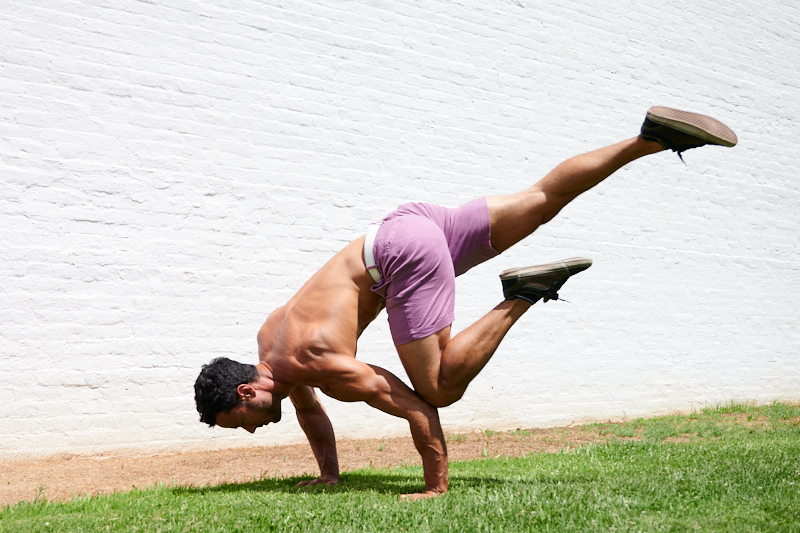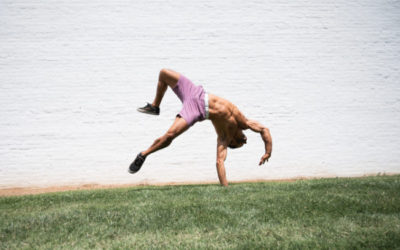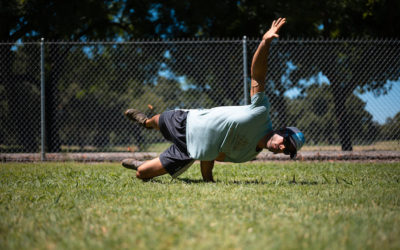When training for almost anything, you are likely to experience sore joints. Repetitive stress, muscle imbalances, deficits in mobility, faulty movement patterns, tissue recovery rates, etc. can all contribute to inflammation and pain. Does this sound complicated? Not nearly as complicated as the myriad of exercises that coaches and therapists have come up with to solve these issues. If you find yourself foam rolling for an hour and then tying bands around your legs to do 30 minutes of prep work before you actually start training, I suggest eccentric training as an effective method to simplify your approach to working through pain.
First things first – let’s talk about pain. Pain is subjective. The way our body receives input from the outside world is through afferent (outside in) nerves. Simply stated, these provide input to our brains – for example, if you grab a hot pan from the oven, that signal shoots up to your brain at 70-120 meters per second. Once the signal hits, we interpret the signal as dangerously hot, then send a signal through the efferent (inside out) pathway that says, LET GO!!!
This example makes pain sound quite objective. Hot → let go. But depending on our state of arousal, we may be less inclined to acknowledge pain in favor of devoting focus to another task. Think of parents running into burning buildings to rescue their children, or lifting cars and tearing the muscles from their bones in the process. These are extreme examples, but becoming familiar with something can cause a reduction in pain as well. This is one of the reasons endurance athletes are able to excel for long periods of time. They simply get used to how bad it feels to push themselves to their limit on a regular basis.
The brain can also amplify pain signals when there is uncertainty, anxiety, or chronic pain that becomes associated with certain movement patterns. If you’re interested in learning more about how the brain influences our perception of pain, Google search “pain science,” and go down the rabbit hole.
For our purposes, recognize that pain can come both from physical mechanisms as well as personal perception of our experiences. Let’s look at how eccentric training works and how that fits into this pain business we’ve been going over.
Eccentric muscle contraction means that a muscle is contracting against a lengthening effect. The simplest example of this is lowering a dumbbell on a bicep curl. At the top, the bicep is in a ball, and as the weight is lowered, the muscle lengthens slowly in resistance to the force of gravity. These contractions can happen at any rate, but in strength training, when we refer to working on eccentrics, we are generally speaking of slow eccentrics.
Slow eccentric contractions have several positive effects in terms of the physical symptoms of pain. The resistance to the lengthening muscle will cause tearing in the tissues. Why would you want to tear muscles around an already painful joint? Because the tearing is controlled and will regrow in alignment with the movement pattern. It stimulates regrowth of a muscle in the specific arrangement of your choice based upon the exercise utilized.
Faulty movement patterns? Mobility deficits? Repetitive stress? Tissue recovery? Inflammation? These are all covered with eccentrics. Moving slowly makes it easier to master quality movement, or at the very least recognize when movement isn’t optimal. The same applies for mobility deficits. There’s no ignoring a lack of flexibility when you have to be in control for 100% of your range of motion. Because eccentrics are controlled, they complement repetitive and high impact movements like running, jumping, and landing. Massive amounts of blood will flow to the working muscles, stimulating development of usually slow to heal tendons and ligaments as well as flushing the system clear of residual inflammation each session.
Eccentrics are simply an essential part of any training program for these physiological reasons alone. Beyond that, they can assist in working through the mental side of pain. By moving slowly, you can approach painful movements and work just outside of where they become problematic, gradually building greater range as the physiological adaptations create confidence and trust in yourself. You can also work through the painful range in many cases with this slower pace depending on the individual situation.
None of this should be taken as doctor’s advice. If you have pain and you feel you need an expert’s review, see a doctor immediately. But if you are constantly working through aching knees in your squats and you are doing them anyway, you can’t go wrong by spending 1-3 months doing them extra slowly. Any losses in strength you might experience from the lowered weights of slow eccentrics will be more than compensated for in the form of pain-free movement and a fresher and more recovered body overall.
Implementation of eccentrics should be used on an individual basis. Needs of control versus muscle imbalances or mobility are unique. If you think eccentrics might be something you’d like to try, I encourage you to do more research and hire a coach to assist you in building a program that will be directly related to your needs and goals.







